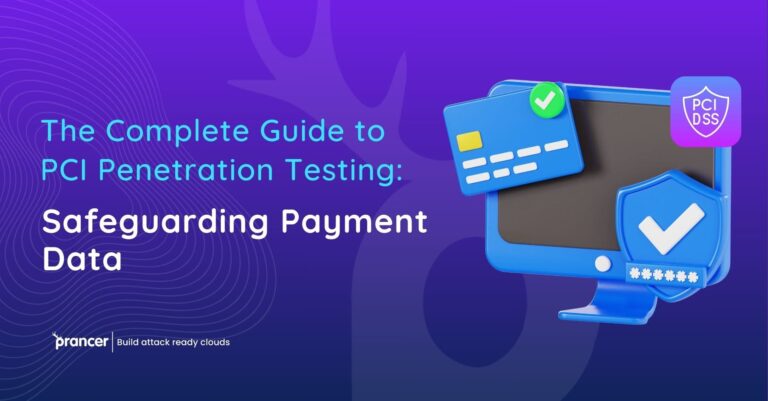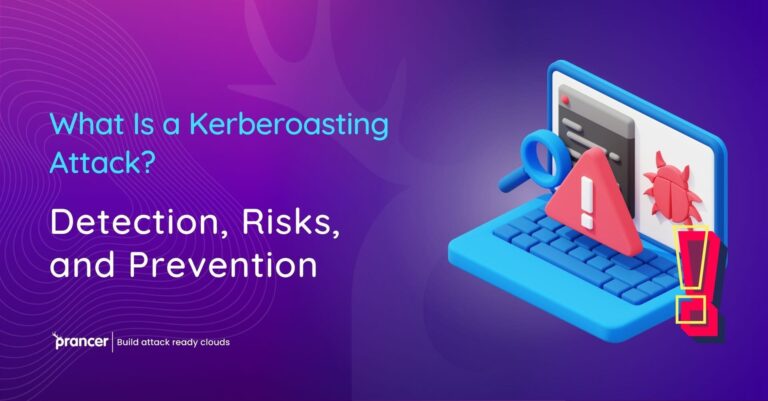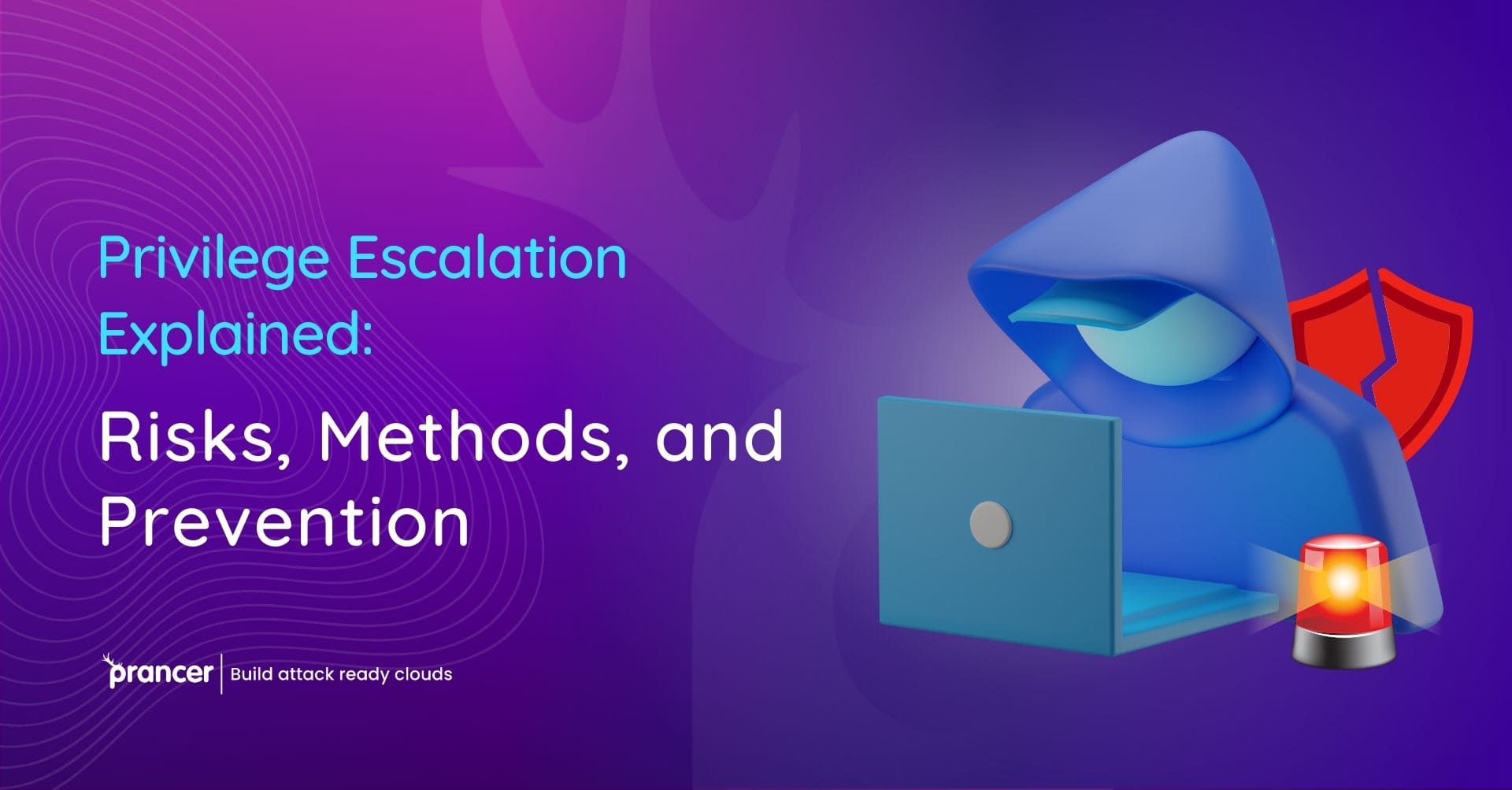You complete your house door’s locking procedure believing your property secured. A thief who manages to enter your premises could easily break into your safe through a hidden key entry point. The security concept known as privilege escalation operates in much the same way as the real-world scenario. Security breaches become severe when attackers use vulnerabilities to move from their initial system permissions to more privileged ones.
Prancer serves as a leading automated penetration testing company that helps organizations discover system vulnerabilities before potential attackers manage to exploit them. The following guide explains privilege escalation with clear definitions followed by explanations of its occurrence methods and prevention strategies.
What is Privilege Escalation?
System attackers can abuse vulnerabilities to reach unauthorized elevated access positions within the system infrastructure. Attackers who start as regular users can rise to administrative or root access levels so they can manipulate critical data as well as steal it and conduct destructive actions.
Attackers carry out their attacks through the exploitation of system weaknesses together with improper setup configurations and bad password management practices. A high-priority cybersecurity threat exists because privilege escalation creates opportunities for more attacks that include malware distribution and sensitive data theft.
Types of Privilege Escalation
The categories of privilege escalation divide into vertical and horizontal types.
Vertical Privilege Escalation
An attack occurs when someone obtains superior system access compared to their original permissions, which typically leads regular users to become administrators. Attackers reach their goals by exploiting software vulnerabilities together with misconfigurations and weak credentials.
Horizontal Privilege Escalation
When these attackers exploit an account, they discover they can access data without gaining privileges. A hacker gains unauthorized access to confidential files by hijacking an employee’s account instead of achieving administrative privileges to such data.
Why is Privilege Escalation Dangerous?
Privilege escalation can:
- Theft of sensitive data becomes possible for attackers through unauthorized access to confidential personal or business data.
- The operations experience disruption because malicious actors can activate destructive actions, which include deleting files, installing malware, and shutting down systems.
- The loss of financial assets occurs when data breaches happen because they trigger regulatory fines and damage organizational reputation.
- When hackers obtain privileged access, they can embed invisible backdoor entries that will be hard to eliminate from the system.
Common Methods Used in Privilege Escalation
Attackers use various tactics, including:
- Exploiting software vulnerabilities like systems with unapplied updates.
- Credential theft mechanisms such as phishing and brute-force attacks.
- Misconfigured permissions.
- Malicious code injection.
- Replacing valid Dynamic Link Libraries (DLLs) with Trojan versions.
- Exploiting vulnerabilities within the operating system kernel to obtain root privileges.
Real-World Examples of Privilege Escalation Attacks
The following security breaches happened because of privilege escalation attacks:
- Equifax Breach (2017): Hackers utilized a vulnerability to access administrator privileges, resulting in exposure of more than 147 million records.
- Stuxnet Worm: Exploited privilege escalation capabilities to move through industrial control systems, causing operational disruption.
- PrintNightmare Exploit: Systems running Windows OS became vulnerable, allowing attackers to execute remote code while gaining privileges.
The Role of Automated Penetration Testing in Prevention
The penetration testing solutions from Prancer enable organizations to:
- Detect security vulnerabilities before attackers do.
- Simulate real-world privilege escalation attacks.
- Regularly monitor and enhance security posture.
Prancer delivers automated penetration tests to conduct predictive security inspections that detect system vulnerabilities so organizations can fix them before exploitation.
Stay one step ahead—learn how to protect your systems with Prancer!
How Prancer Helps in Detecting Privilege Escalation Risks
Prancer’s security system detects and stops privilege escalation threats by:
- Conducting automated vulnerability searches through penetration testing protocols.
- Providing ongoing reports that include immediate solutions for security improvement.
- Performing regular updates to address new cyber threats.
Implementing Prancer’s automated penetration testing enables organizations to maintain offensive advantages against attackers while blocking privilege escalation threats to their infrastructure.
Best Practices to Prevent Privilege Escalation
- Keep software updated to patch system vulnerabilities.
- Apply the principle of least privilege (PoLP) to restrict user access.
- Use multi-factor authentication (MFA) for enhanced security.
- Conduct periodic reviews of user permissions to eliminate unnecessary access rights.
- Use SIEM tools to monitor suspicious activities.
Tools and Techniques for Security Teams
Security professionals depend on different tools for their operations, including:
- SIEM (Security Information and Event Management) tools.
- Intrusion detection systems (IDS).
- Prancer’s automated penetration testing solutions.
- Endpoint detection and response (EDR) solutions.
Privilege Escalation in Cloud Environments
The number of cloud-based privilege escalation attacks grows due to misconfigurations and inadequate Identity and Access Management (IAM) policies. Organizations should:
- Secure cloud IAM policies.
- Track cloud log activities for detecting unusual behavior.
- Employ automated penetration testing solutions to evaluate cloud security.
The Future of Privilege Escalation Attacks
Cybersecurity threats continue to evolve, and future privilege escalation attacks may involve:
- AI-assisted cyberattacks that accelerate vulnerability detection.
- Advanced phishing attacks targeting authentication credentials.
- Exploits against hybrid cloud environments.




